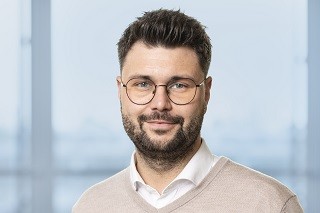At the electron synchrotron facility in Grenoble, a globally unparalleled measuring station is being created for the non-destructive testing of large components. The computed tomography system offers a resolution of 25 micrometers, which puts it well ahead of the previous standard resolution of 100 micrometers. Through its Development Center X-ray Technology division (EZRT), Fraunhofer IIS is playing a leading role in the development of the measuring station.
Industrial requirements for component testing are constantly increasing. And this demand is coming from a wide variety of sectors: from automotive manufacturing to the aviation industry to manufacturers of wind turbines. These businesses want to use computed tomography (CT) for things like checking the welds on a car door or evaluating the structure of a fiber-reinforced plastic. The CT systems used in laboratories are coming up against their physical limits in trying to meet the demand for ever better resolution. These limits can only be overcome by X-ray systems that are operated at an electron synchrotron installation, such as the European Synchrotron Radiation Facility (ESRF) in Grenoble.
The ESRF possesses an electron storage ring with a circumference of 844 meters. In this storage ring, electrons are constantly circulating at close to the speed of light. The enormous energy of these electrons is used to generate X-rays. There are several installations at the storage ring that act as X-ray sources. From there, the radiation is guided tangentially away from the ring in straight tubes known as beamlines and used for a wide variety of scientific experiments.
“In the course of renovating the electron storage ring, the ESRF built new beamlines. One of them is the BM18 beamline, which we are expanding into a unique system for industrial CT,” explains Prof. Simon Zabler, head of the EZRT locations in Deggendorf and Passau and manager of the BM18 project. Zabler is a recognized expert in synchrotron imaging. He wrote his undergraduate degree and master’s theses in Grenoble over twenty years ago. “Together with the Universities of Passau and Würzburg, Fraunhofer is responsible for developing the detector technology, the IT hardware and the data processing,” the physicist reports. The project is being funded by the German Federal Ministry of Education and Research to the tune of 6.3 million euros.




